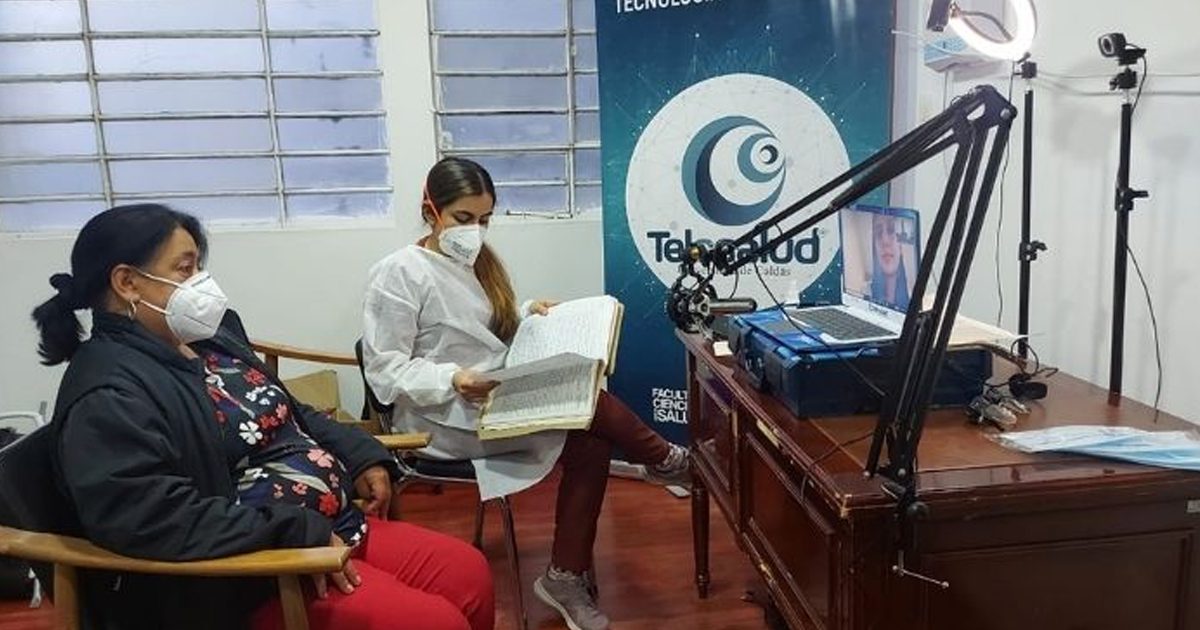Worldwide, the prevalence of diabetes in adults is 9.3%, affecting more than 436 million people.
Current estimates of the prevalence of diabetes globally are not entirely accurate, as there are millions of patients without a diagnosis of diabetes. In addition, diabetes is preceded by prediabetes, so there are also millions of people who are prone to developing diabetes, but also prevent diabetes effectively.
In this sense, as in other chronic diseases, it is important to develop public health strategies and tools for the early detection of prediabetes and diabetes. Screening for diabetes and prediabetes is primarily based on measurement of blood glucose and hemoglobin (HbA1c) concentrations. Both of these tests are often invasive and difficult to implement in low-resource settings, making detection of these conditions difficult.
In this regard, in order to develop a simple-to-implement strategy for early diagnosis of these conditions, researchers in India presented a machine learning model, combined with the non-invasive features of the electrocardiogram (ECG).

The study published in BMJ Innovations, used data from another study on diabetes conducted in families from Pagpur, India, a population belonging to the Sindhi ethnic group, which used the oral glucose tolerance test and HbA1c estimation, both invasive. The dataset included clinical information from 1,262 people and 10,461 digitally recorded time-aligned heartbeats.
“Minority oversampling was performed to balance the training data set before the start of training. Extreme gradient boosting (XGBoost) was used to train the classifier that used the signal-processed ECG as input and predicted membership in the classes of "no diabetes," prediabetes, or type 2 diabetes," the study explains.
The prevalence of type 2 diabetes and prediabetes was 30% and 14%, respectively. Also, the independent test set used the DiaBeats algorithm, which predicted diabetes classes. Based on beat morphology, machine learning detected diabetes and prediabetes with an accuracy of 97%, a recall of 96%, and an F1 score of 96%.
“The machine learning-based DiaBeats algorithm using ECG signal data accurately predicted diabetes-related classes. This algorithm may help in the early detection of diabetes and prediabetes after robust validation on external datasets,” the authors conclude.
The researchers explained that DiaBeats can be used to stratify people based on their risk of diabetes and prediabetes, and is ideal for replication in low-resource settings.
Consult the full study by clicking on the following link:
https://innovations.bmj.com/content/early/2022/07/06/bmjinnov-2021-000759





